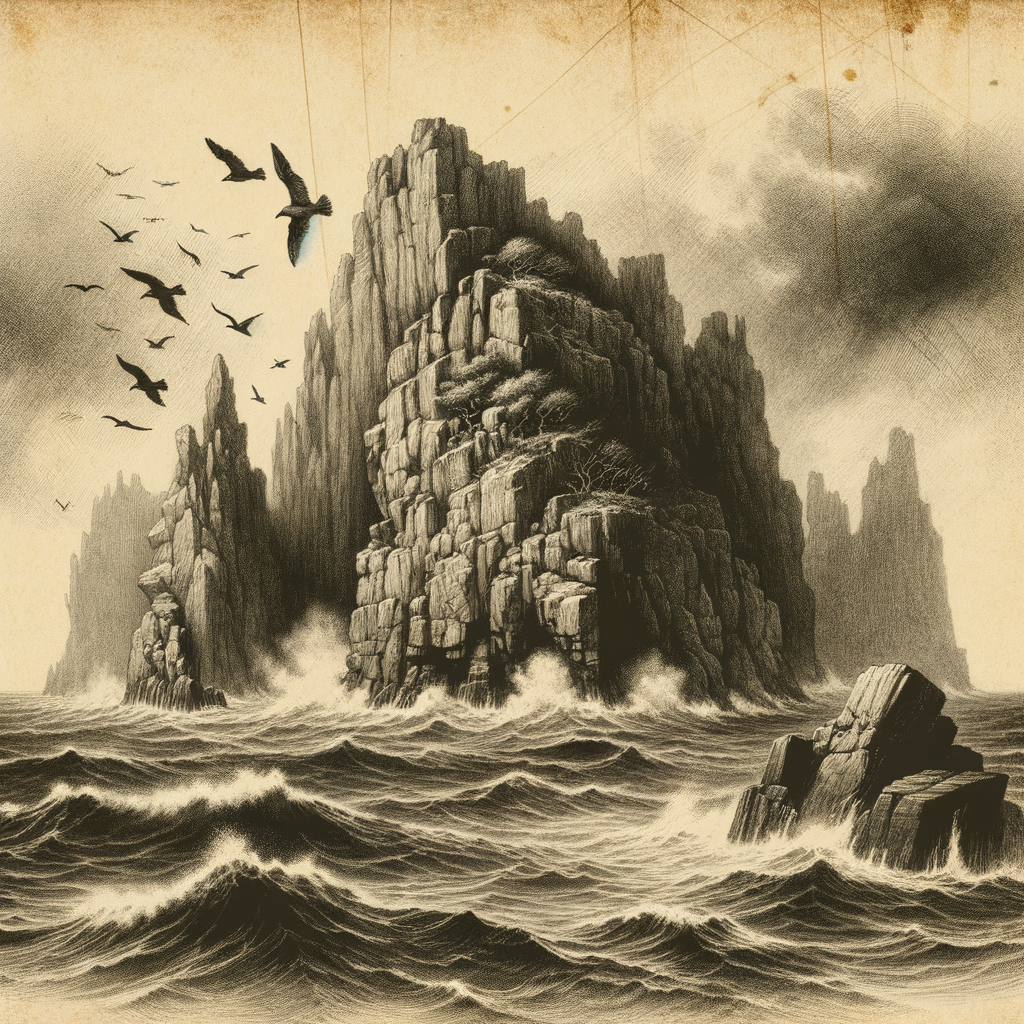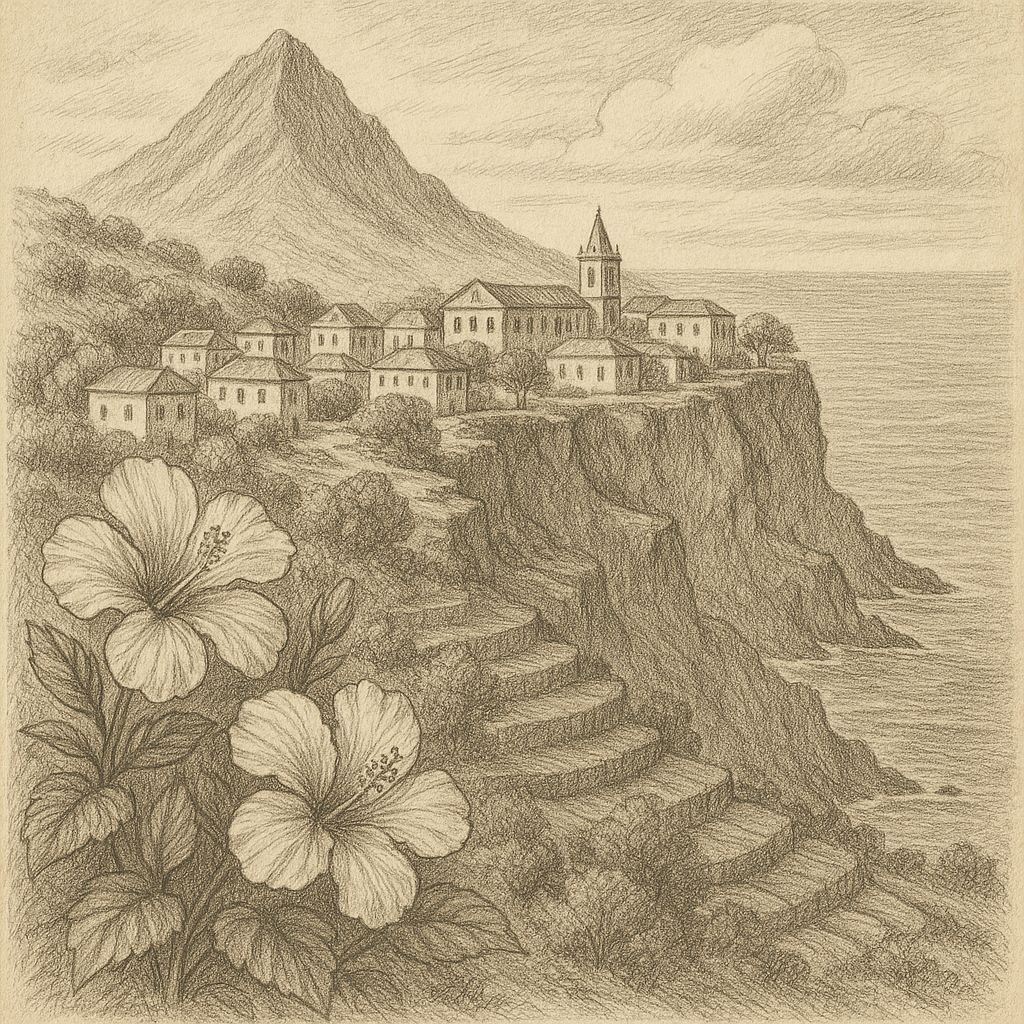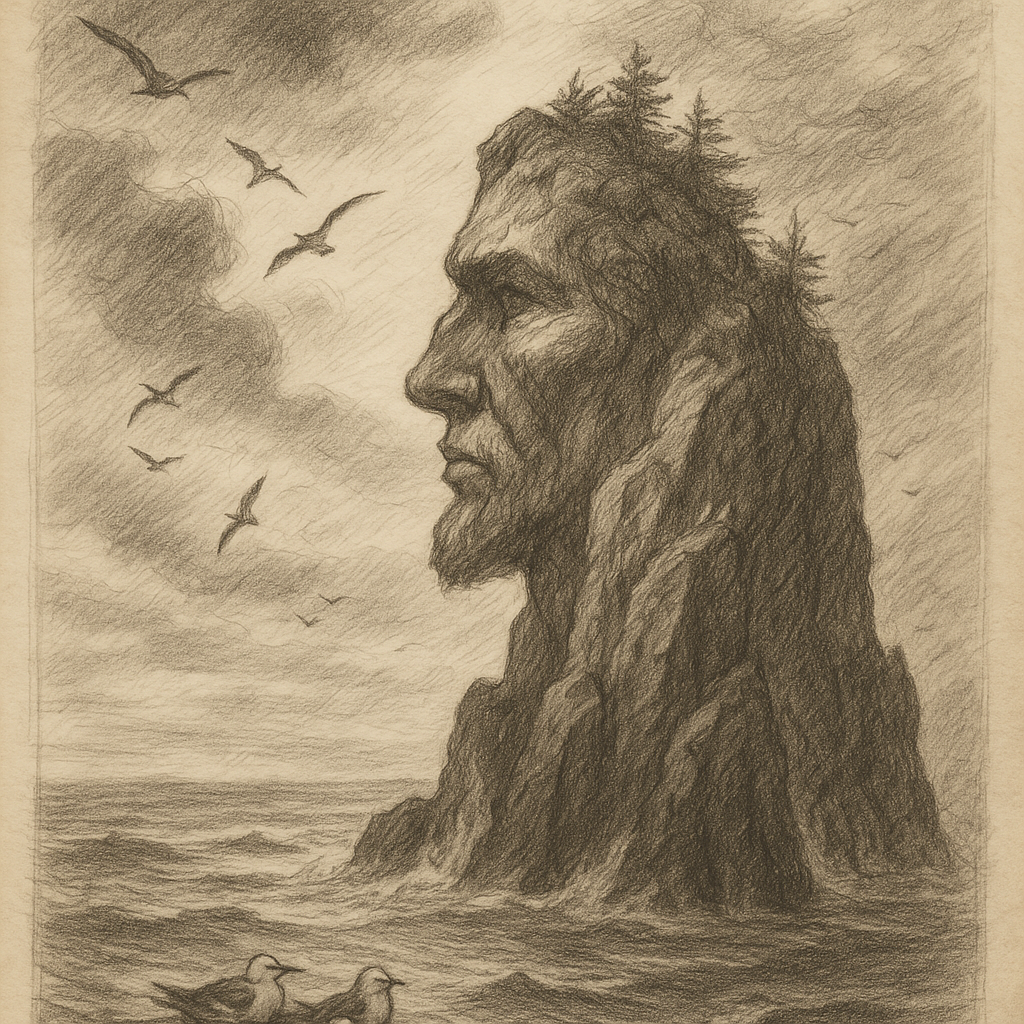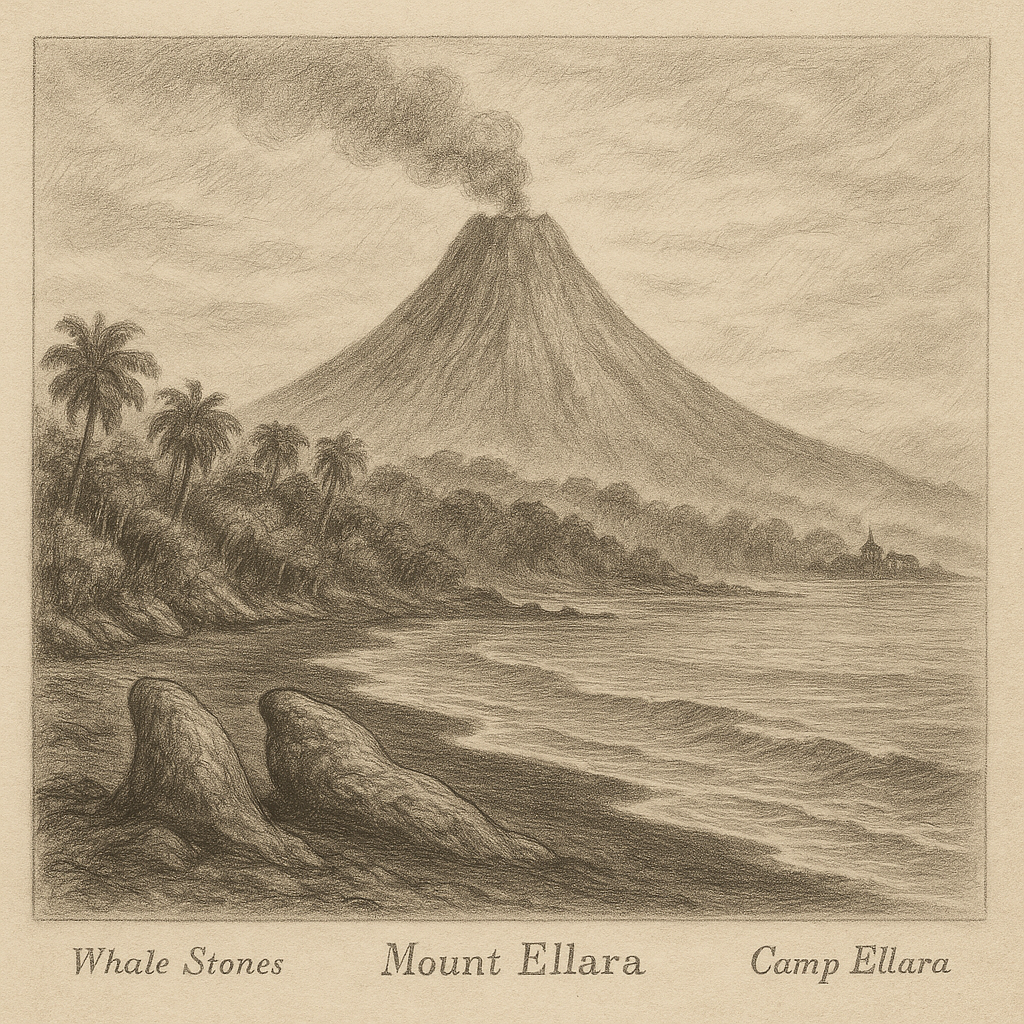Introduction to Tristan Rock
Tristan Rock is a remote and enigmatic rocky outcrop located in the heart of the South Atlantic Ocean, approximately halfway between South Africa and South America. Its exact coordinates place it near 38°S latitude and 11°W longitude, making it one of the world’s most isolated landforms. Despite its name, Tristan Rock is not directly part of the Tristan da Cunha archipelago but lies in close maritime proximity to it. Rugged, uninhabited, and windswept by the turbulent Southern Ocean, Tristan Rock stands as a mysterious geological sentinel in one of Earth’s most secluded marine regions.
Geological and Geographical Features
Tristan Rock is believed to be the eroded summit of a long-extinct volcano, part of the same tectonic hotspot that created the more prominent islands of the Tristan da Cunha group. The island rises steeply above sea level from the surrounding ocean floor, which plunges thousands of meters into the depths of the South Atlantic Basin. Due to continuous oceanic erosion and relentless weathering, only a small portion of the original volcanic structure breaks the surface, forming a jagged and sheer-sided promontory.
The rock itself measures less than 0.5 km² in area, with its highest point reaching approximately 70 meters above sea level. Its steep cliffs and lack of natural beaches make it virtually unapproachable by boat under normal sea conditions. The nearest inhabited land is Tristan da Cunha Island, located about 75 kilometers to the northeast. The surrounding waters are characterized by strong currents, deep pelagic drop-offs, and fluctuating weather patterns.
Climate and Environment
Tristan Rock is situated in a region dominated by a cool temperate maritime climate. Persistent westerly winds, heavy seasonal rainfall, and overcast skies are the norm, with sea temperatures ranging from 9°C in winter to 15°C in summer. These harsh conditions make it a challenging habitat for life, and the outcrop supports only rudimentary flora such as lichens and salt-resistant mosses clinging to its craggy surfaces.
Though life above water is sparse, the surrounding marine ecosystem is far richer. The nearby oceanic shelf supports colonies of seabirds, including storm petrels, Cape pigeons, and sooty albatrosses, which use the rock as an occasional roosting and nesting ground during breeding seasons. Recent surveys have also indicated the presence of a rich underwater ecosystem featuring deep-sea corals, migratory tuna, and pods of dolphins and whales transiting through the area.
Interesting Facts About Tristan Rock
Despite its tiny size and apparent desolation, Tristan Rock harbors several curious characteristics that have intrigued researchers and explorers alike. One peculiar feature is the hollow-sounding resonance produced when waves crash into certain chasms along its southern cliffs—suggesting the presence of sea caves or possibly an interior chamber. These acoustic phenomena have led to speculation about unique geological formations hidden inside the rock itself.
Another fascinating aspect is the anomalous magnetic field readings reported by naval vessels passing nearby. Instruments often record deviations in compass bearings when in close proximity, a mystery that has not been fully explained but may be tied to iron-rich basaltic deposits within the rock. Additionally, the waters surrounding Tristan Rock are known for their exceptional bioluminescence at certain times of the year, lighting up the waves with blue and green nocturnal glows—possibly linked to blooms of planktonic organisms that flourish in the nutrient-rich upwellings around the submerged slopes.
Legends and Folklore
Given its isolation and inaccessibility, it’s no surprise that Tristan Rock has become the subject of South Atlantic maritime legends. Local sailors from Tristan da Cunha speak of “The Watcher on the Sea”—a ghostly figure said to stand atop the rock during stormy nights, signaling doom to ships that stray too close. This tale has given rise to the nickname “The Sentinel of Sorrows.”
Another legend recounts a 19th-century whaling ship, the HMS Falcon, which allegedly sought shelter near Tristan Rock during a sudden tempest, only to vanish without a trace. Fishermen later reported hearing whale-like songs emanating from the area, interlaced with what sounded like human voices—a phenomenon they attribute to the souls of the lost crew trapped in the depths. These mystic tales, passed down orally through generations, have cemented the rock’s place in Atlantic seafaring lore.
Access and Conservation
Due to its remoteness and lack of natural harborage, Tristan Rock has never had any permanent human presence. The only visits are rare scientific expeditions, usually conducted by research vessels with specialized landing equipment such as helicopters or remotely operated vehicles (ROVs). Access to the rock is heavily restricted by the Tristan da Cunha government and the UK Overseas Territories Conservation Office. Any exploratory activity requires environmental clearance to ensure the protection of the delicate marine and avian ecosystems.
In recent years, Tristan Rock has been included in the wider discussion about creating a South Atlantic marine protected area encompassing the Tristan da Cunha archipelago. Under such a framework, the rock would remain untouched and continue to serve as a natural laboratory for studying isolated ecosystems, ocean currents, and the geological history of oceanic islands.
Conclusion
Tristan Rock remains a dramatic yet hauntingly beautiful fragment of Earth’s ancient geologic past. Isolated and enigmatic, it stands as both a challenge and an inspiration to oceanographers, biologists, and adventurers. Whether examined through the lens of science or legend, Tristan Rock invites us to contemplate Earth’s vast unexplored frontiers—places where nature reigns supreme and mystery still survives amidst the waves.



